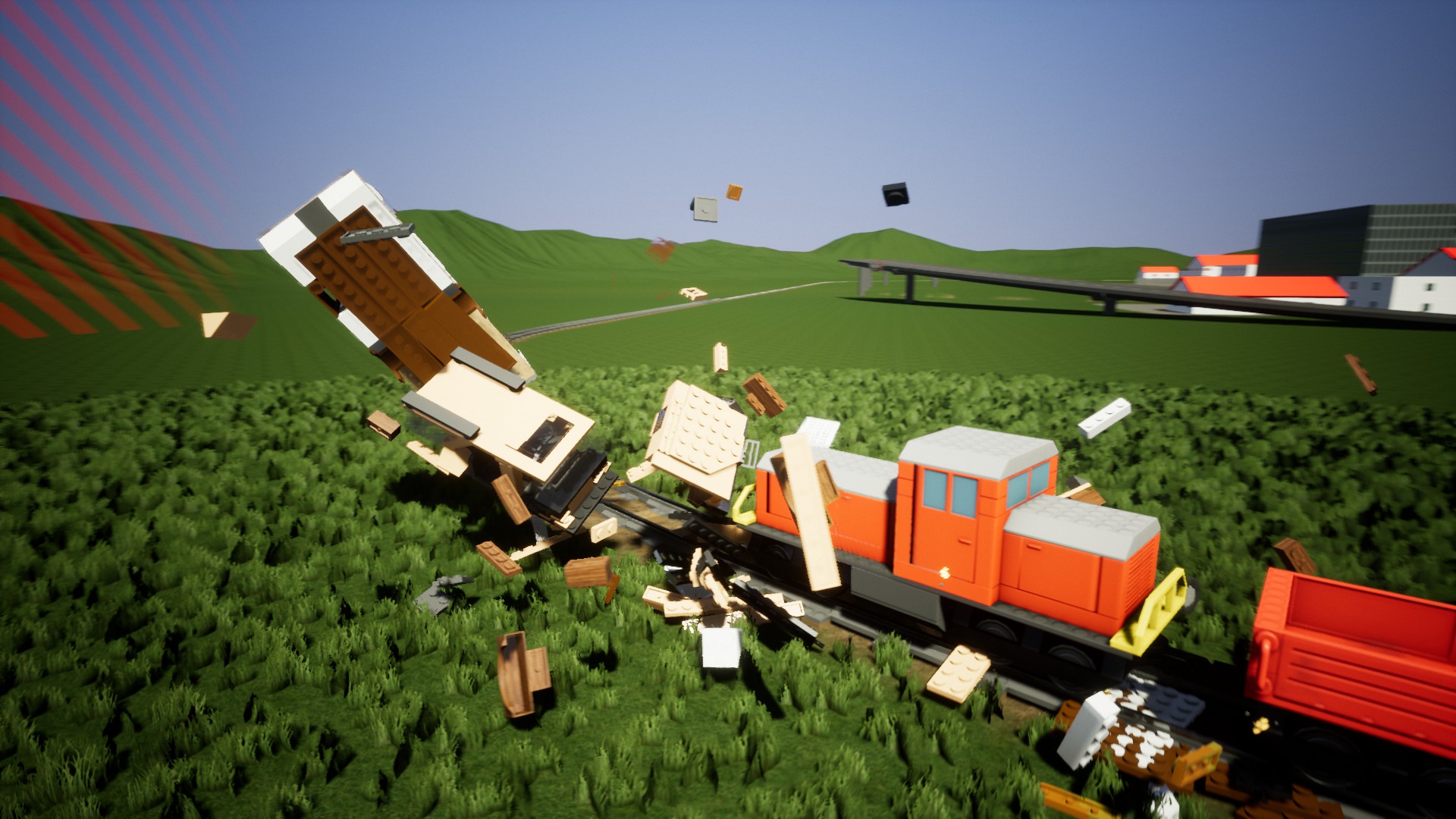

With the Main unit’s assembly approaching finalization, I started working on the LCD and the user interface.

When the boards were ready, I sent the production files over to the guys from Elecrow – in about two and a half weeks I got them through DHL and began the assembly.

I decided against making the PCB myself, as it grew a bit too complex for home etching. As I am writing this instructable there is still one PCB I have to design and build, I will try to make a speed-up video so you can see how schematic capture and PCB routing works in Altium. In two weeks I had the first draft of the schematic in Altium designer and began routing a PCB. As the requirements got to a somewhat final shape, I started building up the schematic and footprint library in Altium Designer with the components I knew I needed. When I read that using more than 75% of RAM can result in such instability, I decided to take matters into my own hands and make the main and control boards myself.Īfter multiple sessions of brainstorming and consultation, I began working on the draft of the Main Unit’s schematic – initially on paper. My antipathy towards the Arduino quickly resurfaced as the software started to become more and more unstable until the point where two consecutive flashings resulted in completely different behavior.

We both believed that through his knowledge in fish, plants, aquariums and electronics, plus my knowledge in embedded systems, electronics and programming we can make a great gadget that can help aquarium enthusiasts spend more time with aspects they like most, leaving the lights, filter, skimmer and others to be switched automatically through a predefined schedule. The motivation came when a friend started talking about a small aquarium automation tool he built with Arduino.


 0 kommentar(er)
0 kommentar(er)
